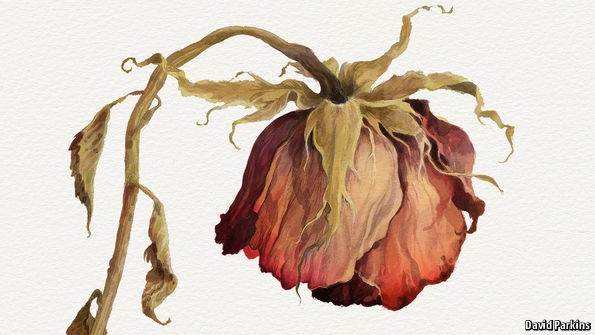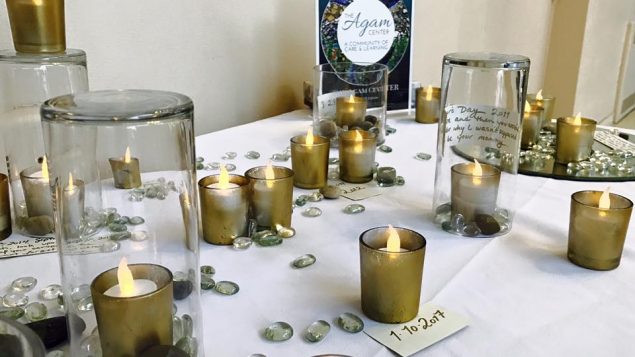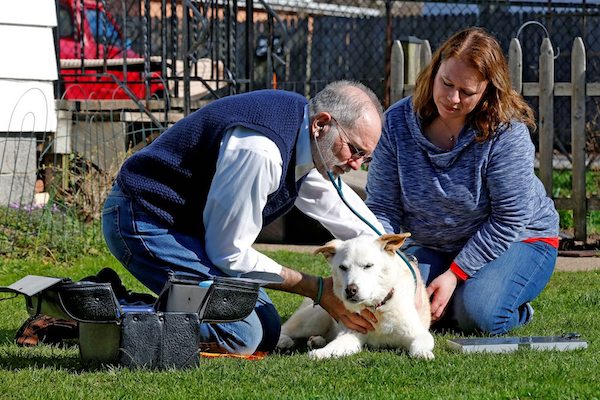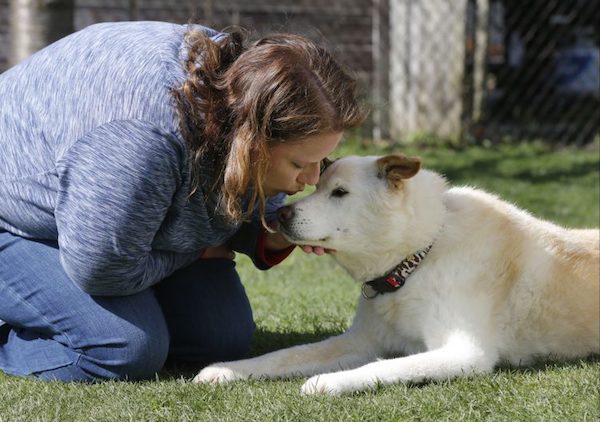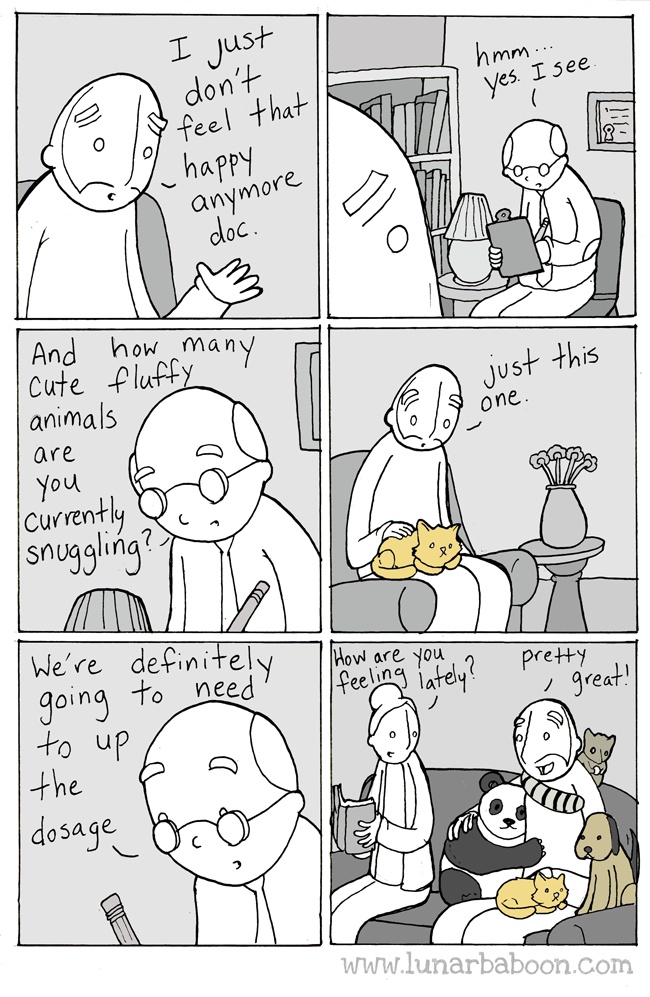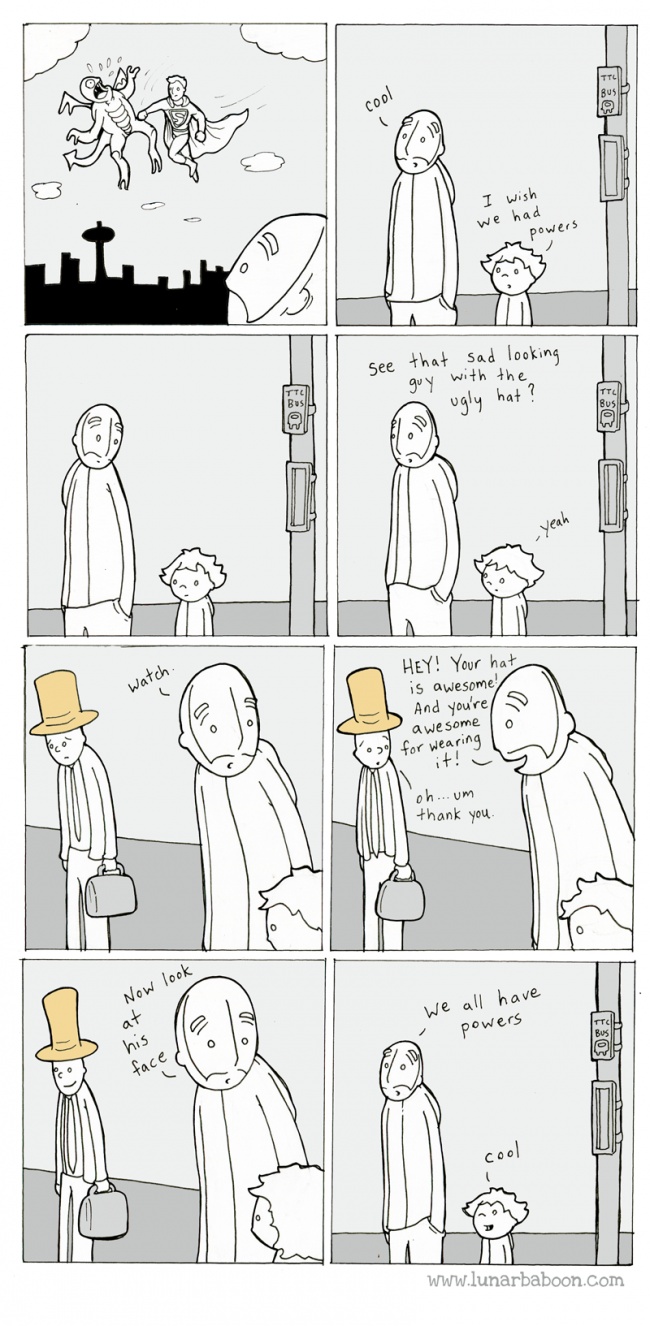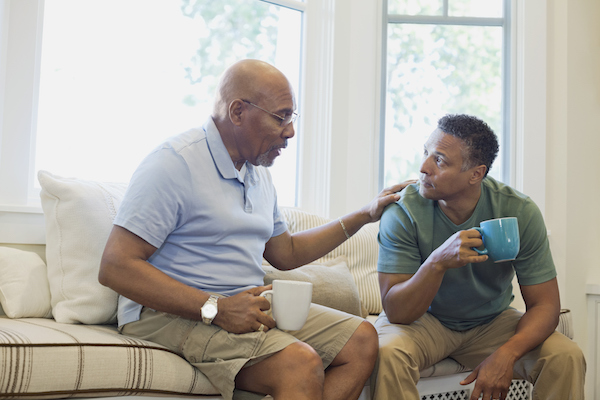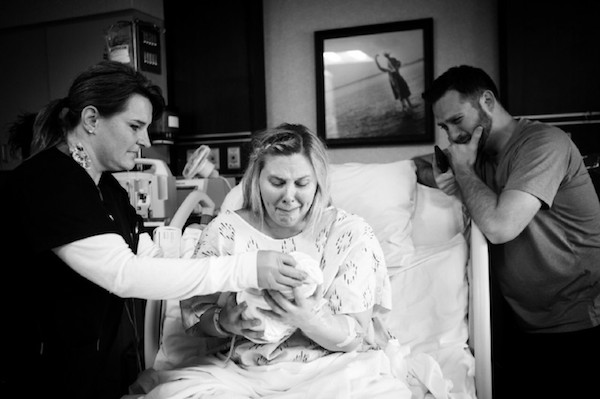
[F]or Royce Young, writing their story was not only a way to work through it, he said, but also a way to remember it.
Nearly five months ago, Young and his wife, Keri, found out that their unborn daughter had a rare birth defect called anencephaly, a condition in which the baby does not develop a vital part of the brain or top of the skull.
If their daughter was born, she would die all too soon. If the pregnancy were terminated, she would not live at all.
So the grief-stricken parents made a decision: Their daughter would be born — then they would donate her organs.
“We decided to continue, and chose the name Eva for our girl, which means ‘giver of life,’” Young, an NBA writer for ESPN.com, wrote Thursday on the blog Medium. “The mission was simple: Get Eva to full-term, welcome her into this world to die, and let her give the gift of life to some other hurting family.”
But Eva died before she ever made it into the world.
Young, a 31-year-old father from Oklahoma City, wrote a gripping and gut-wrenching 3,200-word article titled “We spent months bracing and preparing for the death of our daughter. But guess what? We weren’t ready.”
From the start, Young said, he and his wife had planned to document every moment of their newborn’s life, no matter how short it turned out to be — introducing her to her big brother, Harrison, and her grandparents, and holding, hugging and kissing her for the first and last time.
After Eva was tragically and unexpectedly stillborn on April 17, Young said he wanted to share their daughter’s legacy.
So he did — and his post has swept the Internet.
“It’s neat to see that our little girl, that people know her name,” Young told The Washington Post on Friday. “Her legacy is something that’s impactful.”
[‘We had no hope’: The amazing story of the baby born with his brain outside his skull]
Not long after the Youngs learned of their daughter’s terminal diagnosis late last year, Young said he started writing about his wife, Keri — how “tough” she was through it all.
In February, while covering the NBA All-Star Weekend in New Orleans, Young said, he posted it on his Facebook page. Someone shared it, and the couple ended up on ABC’s “Good Morning America.”
People knew about the Youngs’ wishes for Eva. And when she was stillborn this month, some mistakenly thought they had been successful in their mission.
“People kept reaching out to us after we said that Eva was born and that she had passed away,” Young told The Post. “People were like, ‘That’s amazing; I bet she saved so many lives.’ And to know how it actually happened, with her dying in Keri’s womb and everything and us not being able to donate her kidneys or liver, it was kind of getting more and more depressing to see people thinking that’s what happened.”
Young wrote in the Medium piece about the sorrow he felt watching his wife carry their dying child to term as well as the unexpected joys of the pregnancy.
“We got excited to be her parents,” he wrote. “I think a big part of that was connected to the decision we made to continue on, which was empowering. She had a name, an identity, and a purpose.”
And Young wrote about the tragic moment the couple discovered that their daughter had died in the womb:
On Sunday, April 16, the day Keri officially hit full-term at 37 weeks, suddenly, we were in the two-week window. In two weeks, we’d be prepping to welcome our baby girl into the world, and preparing to say goodbye to her. I planned on sitting down that day to write Eva a letter, like I did before Harrison was born, to give him on his 18th birthday. She’d never read it, but I was going to read it to her. Keri didn’t feel Eva move much that morning, but we both brushed it off and went to lunch. We came home, put Harrison down for a nap, and Keri sat down in her favorite spot and prodded Eva to move. She wouldn’t.
We started to worry. Keri got up, walked around, drank cold water, ate some sugary stuff. She sat back down and waited. Maybe that was something? We decided to go to the hospital.
“This is going to be bad, isn’t it?” I said.
Keri erupted into tears and her body shook. I had my answer.
We held on to hope that we were just being overly anxious, and didn’t take any bags. We arrived, and a nurse looked for a heartbeat on the doppler. Nothing. Not unusual because it was sometimes hard to find because of the extra fluid. They brought in a bedside ultrasound machine and looked. It seemed that maybe there was a flicker of cardiac activity. They told us to get ready to rush in for a C-Section. I freaked out. I just remember repeating, “I’m not ready I’m not ready I’m not ready I’m not ready.” I was supposed to have two more weeks. What about the plan? What about Harrison? What about Eva’s aunts and uncles and grandparents? What if they couldn’t make it in time? …
They brought in a better ultrasound machine. Keri and I had seen enough ultrasounds to immediately know. There was no heartbeat. Eva was gone before we ever got to meet her. The brain controls steady heart functions, and Eva’s finally gave out.
Keri rolled onto her side and put both hands over her face and let out one of those raw, visceral sobbing bursts. I stood silently shaking my head. We had tried to do everything right, tried to think of others, tried to take every possible step to make this work, and it didn’t. No organ donation. Not even for the failsafe, research. We felt cheated. What a total rip-off. The word I still have circling in my head is disappointment. That doesn’t really do it justice, because it’s profound disappointment. Like the kind that’s going to haunt me forever. The kind of disappointment that is going to sneak up on me at different times, like when I’m mowing the yard or rocking Harrison or driving to a game.
Since there was no reason to control variables anymore, the doctors induced Keri into labor. The rest of Sunday and into Monday morning were the darkest, most painful hours of our lives.
In the end, Young wrote, he and Keri were able to donate their daughter’s eyes, which he called “the best moment of my life.”
“The timing of it all is just something I can’t explain,” he wrote on Medium. “It wasn’t what we planned or hoped for, but it was everything we needed in that moment. I buried my head in my arms and sobbed harder than I ever have. Keri put her hands over her face and did the same. Happy tears.”
Young told The Post that this had been “the most painful, excruciating five months of my life” but that he has no regrets.
“This is something that’s life-defining, and I think Keri and I feel like we’re going to be better for it,” he said. “That’s something people often say: ‘I’m so glad this happened to me. I’m going to be a better person now.’ But I wish this had not happened to me. I wish that I had a perfectly healthy daughter right now to hold, and I wish my son, Harrison, had a little sister. And it kills me that we had to go through this, but the main thing we wanted to try to do is regret as little as we could, and when Keri and I are 40 or 50 years old, I hope we can say we handled this the best we could given the circumstances.”
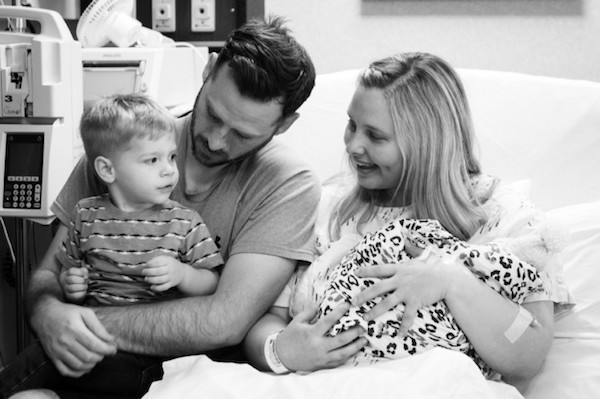
Complete Article HERE!

